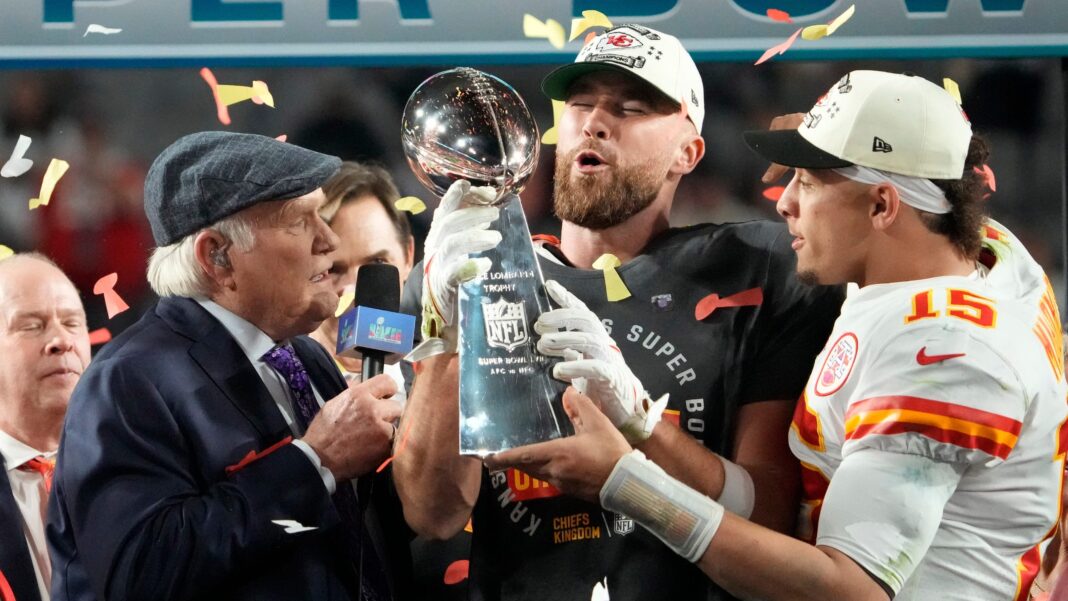safe
The Evolution of Sports Fandom: Why We Hate Dynasties
Unionjournalism explores the complex phenomenon of sports fandom, delving into the psychology behind the hate for dynasties. We examine the journey of the Kansas City Chiefs, from underdog to villain, and how the public’s perception of dominant teams has shifted over time.
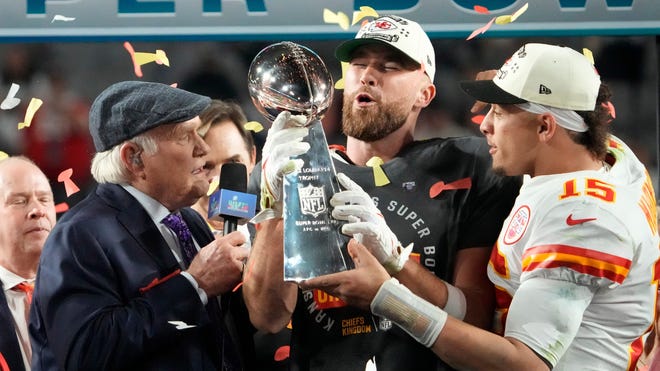
The Rise and Fall of Dominant Teams
The Kansas City Chiefs: From Cinderella Story to Villain
The Kansas City Chiefs’ rise to dominance has transformed their public image, with neutral fans now perceiving them as the new “Evil Empire.” This shift in public opinion is not unique to the Chiefs, as other dominant teams like the New England Patriots, Golden State Warriors, and Los Angeles Dodgers have experienced similar transformations.
According to Chiefs safety Justin Reid, “We were the Cinderella story, and now we’re the villain.” This sentiment reflects the natural human desire for novelty and excitement, which can lead to a backlash against teams that have become too dominant.
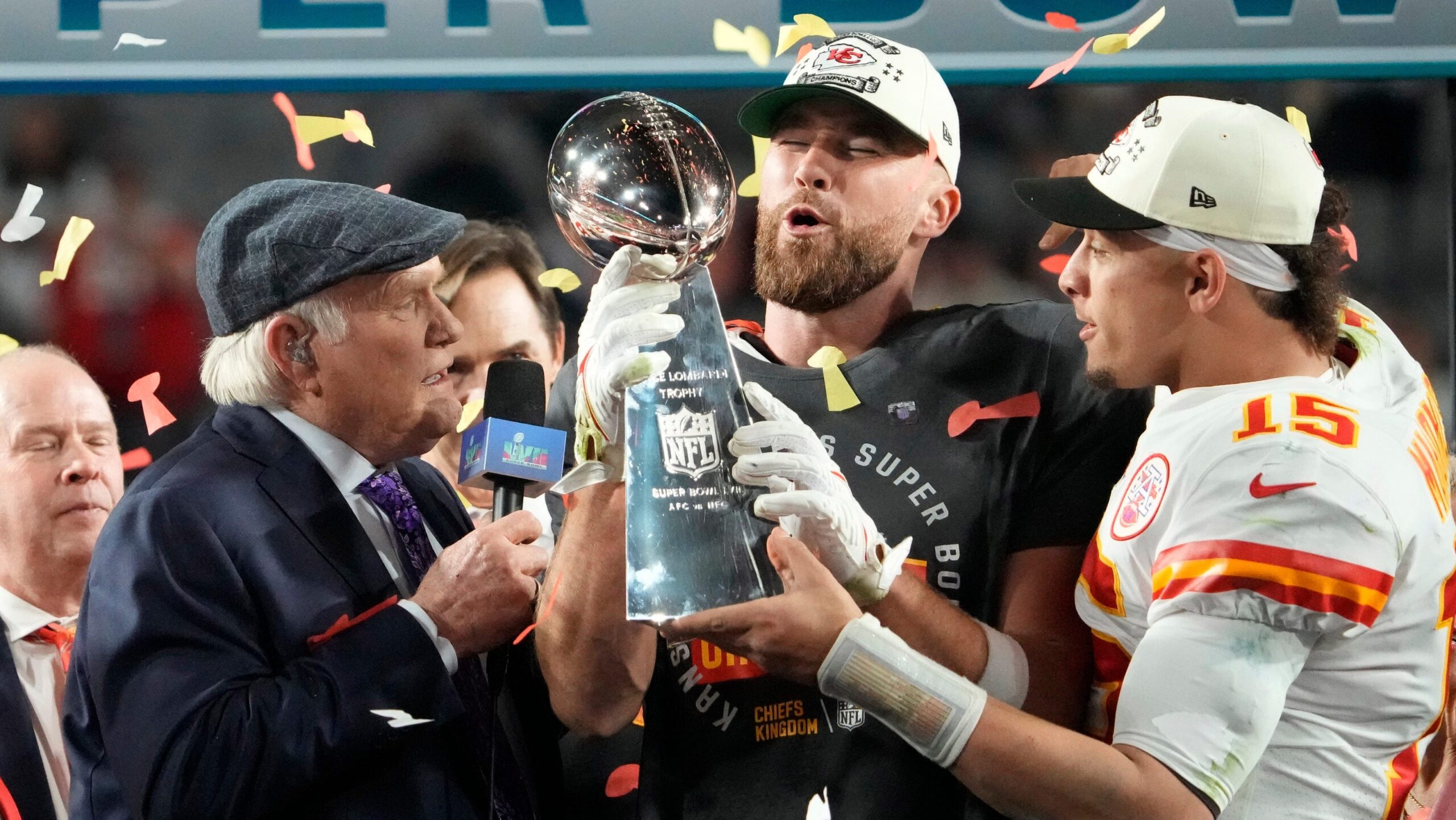
The Psychology Behind Fandom Frenzy
Theories Behind the Hate for Dynasties
Psychologists have proposed several theories to explain the hate for dynasties. One theory is that humans have a natural desire for novelty and excitement, which can lead to a backlash against dominant teams. Another theory is the concept of schadenfreude, or the tendency to derive pleasure from the misfortune of others.
Sam Sommers, a psychology professor at Tufts University, notes that “we like underdogs. We like novelty. We like things that are unexpected.” This desire for novelty can lead to a shift in public opinion, as fans begin to root for the underdog rather than the dominant team.
Keegan Greenier, a psychology professor at Mercer University, suggests that schadenfreude is often triggered by circumstances such as the opposing team’s perceived success or the belief that they “deserved” their negative outcome. This feeling can be intensified by social media and celebrity culture, which can create a sense of over-saturation and contribute to the hate for dynasties.
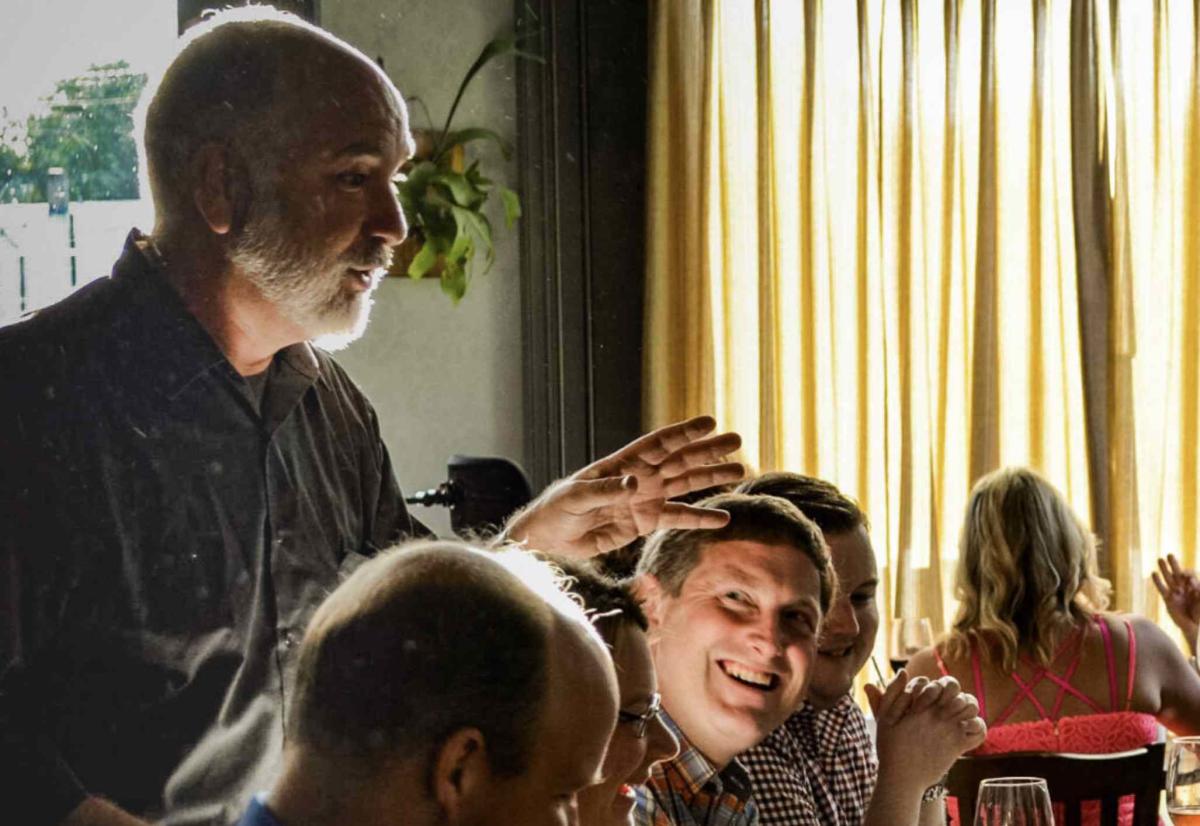
The Impact of Social Media and Celebrity Culture
The Perceived Over-Saturation of Dynasties
The constant media attention and social media presence of dynasties can contribute to the public’s perception of over-saturation. The relationship between a team’s players and celebrities can also be a factor, with some fans perceiving the players as more celebrities than athletes.
The example of the Kansas City Chiefs’ quarterback Patrick Mahomes and tight end Travis Kelce illustrates this phenomenon. Their celebrity status and high-profile relationships have contributed to the perceived over-saturation of the team, leading to a backlash against the Chiefs and their players.
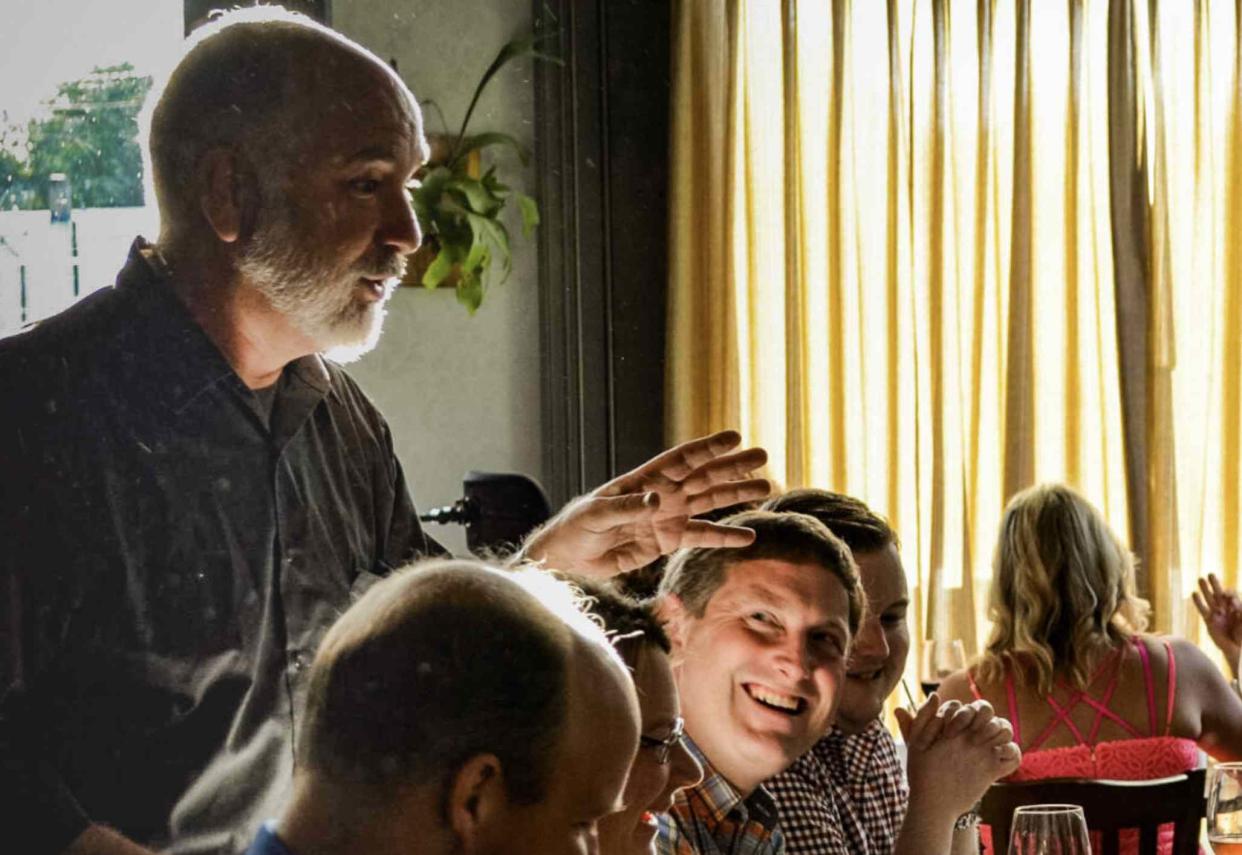
The Power of Community and Connection
Finding Common Ground and Understanding in Fandom
The concept of community and connection is essential in understanding the complex relationships between fans and their teams. The idea of “supper, not a dinner party” by Pableaux Johnson highlights the importance of community in sports fandom. Johnson’s approach to building community through food and fellowship offers a powerful model for fostering positive relationships among fans.
By acknowledging and embracing this aspect of fandom, fans can work towards building bridges and fostering a more positive atmosphere surrounding sports dynasties. This approach recognizes that the hate for dynasties is often a symptom of a deeper desire for connection and community.
Conclusion
The Bittersweet Legacy of Sports Dynasties: A Conclusion
The article “Chiefs. Patriots. Yankees. Why do we always come to hate sports dynasties?” from USA TODAY expertly dissected the phenomenon of sports dynasties and their inevitable, yet often perplexing, transition from adoration to disdain. The authors effectively argued that this shift in fan sentiment is not simply a result of on-field performance, but rather a complex interplay of factors, including overexposure, perceived arrogance, and a lingering sense of injustice. Furthermore, the piece highlighted how this phenomenon is not unique to the NFL or MLB, but rather a universal aspect of sports fandom, where dynasties often leave a lasting, yet often bitter, legacy.
The significance of this topic extends beyond the realm of sports, as it speaks to a fundamental aspect of human nature: our tendency to oscillate between admiration and resentment. By examining the dynamics of sports dynasties, we gain insight into the intricacies of group psychology, identity formation, and the role of external factors in shaping our attitudes and emotions. Furthermore, this topic has significant implications for sports franchises, teams, and players, as it underscores the importance of maintaining a delicate balance between confidence and humility, and recognizing the fine line between success and overachievement.
As we move forward, it will be fascinating to observe how sports dynasties continue to evolve and shape fan sentiment. Will we see a renewed emphasis on parity and competitiveness, or will the allure of dominance continue to captivate us? One thing is certain: the complex, often paradoxical relationship between fans and sports dynasties will remain a salient aspect of our cultural landscape. As we reflect on the bittersweet legacy of these dominant forces, we are reminded that, in the world of sports, as in life, success can sometimes be a double-edged sword, leaving us with a lingering sense of both awe and discomfort.
